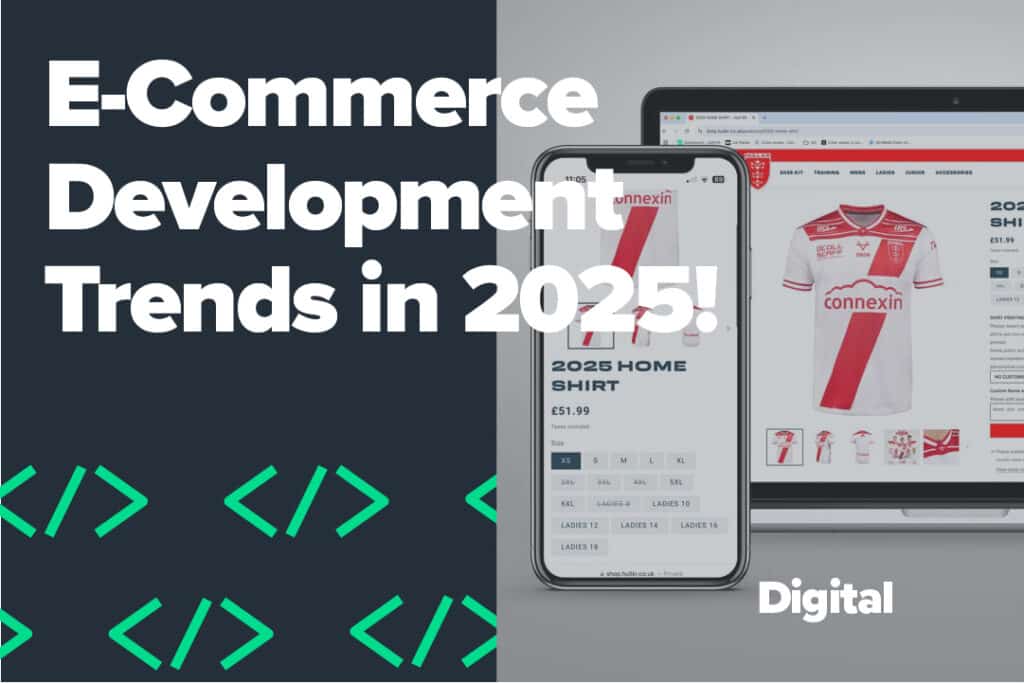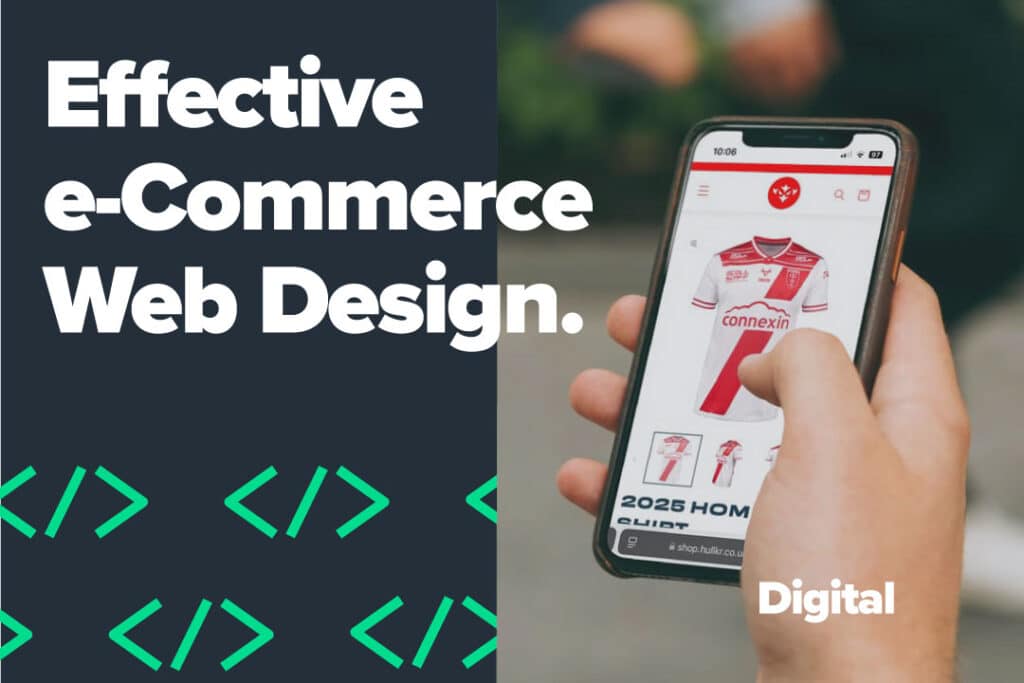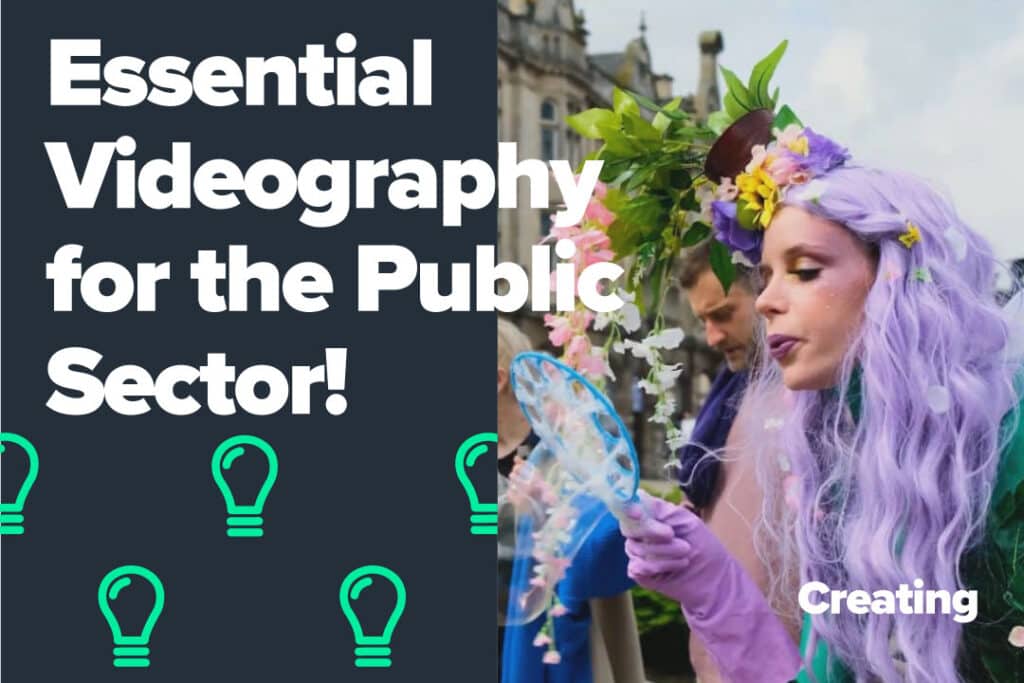Brand guidelines are something all businesses should have to ensure consistency and brand strength in all communications including digital and print. They’re a comprehensive set of rules and guidelines created to outline the presentation and communication of a brand across a range of platforms, channels and PR.
So what are the essentials of brand guidelines?
Table of Contents
Key Elements
Logo Usage
One of the first and most important parts of the brand guidelines document are the recommendations around logo usage. Typically, these include dimensions, minimum sizes and colour variations on different backgrounds, as well as spacing guidelines and examples of logo misuse, often explained through colour changes, stretching or skewing and adding gradients which are often not recommended.

Colour Palettes
The first things you’ll probably notice about a brand are its logo and colours. If I say Coca-Cola, you’ll instantly be able to picture the logo and the characteristic red, black and white.
The choice of colours can say a lot about a brand, so you might want to consider colour connotations in relation to your brand mission and values. Colour palettes typically include primary colours (including the names and hex codes) as well as secondary colour combinations (sometimes including gradients) for variation. The colours are often chosen to complement one another and be aesthetically pleasing. Having multiple colour combinations give designers more creative options whilst staying within brand guidelines.
Typography
Typography guidelines largely centre around headers, titles and body text suggestions, mostly concerning font and size. This section can also give designers suggestions of what to do when fonts are not available by providing a widely available alternatives.
Typography guidelines also consider text formatting, recommending the size and proportioning of headers and body text, as well as suggesting structuring guidelines for copy. Examples of text colouring on different backgrounds are often shown in this section to ensure text is clear and that the copy complements the background whilst still being legible.

Iconography
When icons are to be used, there are recommendations to ensure their proper use. These often include pixel file size guides, line weight guides and recommendations for export formats. Similar to logo guidelines, there are scale guides to suggest size changes for iconography within documents.
Tone of Voice
Tone of voice is an important section to consider in brand guidelines, particular if your brand concerns sensitive content. You might want to differentiate between website, social media, email and PR tone of voice depending on your brand. Some may require more formal language, where other platforms can utilise more informal, friendly content. If your brand communicates across multiple marketing channels or social media platforms, you might want to consider tailoring the language dependent on the channel.
Imagery
Imagery sections are particularly useful to consider if your brand is more visual. You can include recommendations for social media channels, including sizes, closed captions and the positioning and inclusion of copy, both for organic and stock imagery. As well as this, some brands would include print media recommendations, particularly surrounding the proportions of imagery to text. Video tails and email signatures can also be included in this section with examples and recommendations for each.

How to Create & Implement Brand Guidelines
To begin creating brand guidelines, it is wise to begin with researching and gathering forms of inspiration. You might like the way a particular brand presents itself alongside competitors, or you might like the iconography of another. Do research into what complements your brand – think about your brand values and missions and consider where you want to be positioned within the market.
Deploying and utilising brand guidelines is simple. The most important things to remember are to ensure your team have the same access to creator tools (like Canva or Adobe) and that the characteristics of the brand guidelines document are simple and communicated through training and learning. Brand guidelines need maintenance and updates, particularly if your brand is in its infancy and is more subject to change.
If you need help creating comprehensive brand guidelines, don’t hesitate to get in touch! We can create visually stunning documents tailored to you – like this branding we did for Air For Life!





